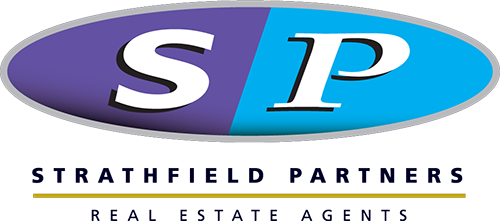Are you a property developer seeking to construct affordable housing in alignment with the Affordable Rental Housing State Environmental Planning Policy (ARHSEPP) or other regulatory mandates? Look no further, as Strathfield Partners is here to support and guide you through the process.

Why Choose Strathfield Partners?
With a strong legacy of managing rental properties dating back to 1997, Strathfield Partners boasts one of the most extensive housing portfolios in Australia, encompassing over 6000 properties. Our team is revered in the industry for our expertise as skilled property professionals, particularly renowned for our depth of experience in affordable housing management.
What we provide as an Affordable Housing Partner?
Strathfield Partners excels in collaborating with diverse organisations to develop and oversee affordable housing projects tailored for low-to-moderate income earners. Whether you are a property developer, a local or state government entity, or a private landlord, we provide:
- Property managers adept at handling National Rental Affordability Scheme (NRAS) properties.
- Peace of mind knowing you’re partnering with one of the industry’s largest and most seasoned affordable housing managers.
- Expert guidance on fulfilling your affordable housing program obligations.
- Assistance in setting rents for your property program.
- Support to optimise rebates or incentives where applicable.
- Tenant selection based on eligibility criteria specific to your scheme.
- Aid in lodging and completing necessary reporting/compliance tasks.
- Leading property management services for both your affordable and private property portfolio.
What is the National Rental Affordability Scheme (NRAS)?
The NRAS, initiated by the Federal Government, aims to establish affordable housing options for low-to-moderate income earners. Unlike public housing initiatives, NRAS incentivizes private investment in the residential construction market through tax benefits.
NRAS offers a National Rental Incentive to developers and investors, ensuring that dwellings are rented to eligible households at rates at least 20% below market prices. Income limits apply for NRAS tenants, and our team at Strathfield Partners stands ready to assist you in finding quality tenants who meet the scheme’s criteria.
Connect with Us Today
Contact us today to learn more about how Strathfield Partners can elevate your affordable housing endeavours and streamline your housing projects effectively.
